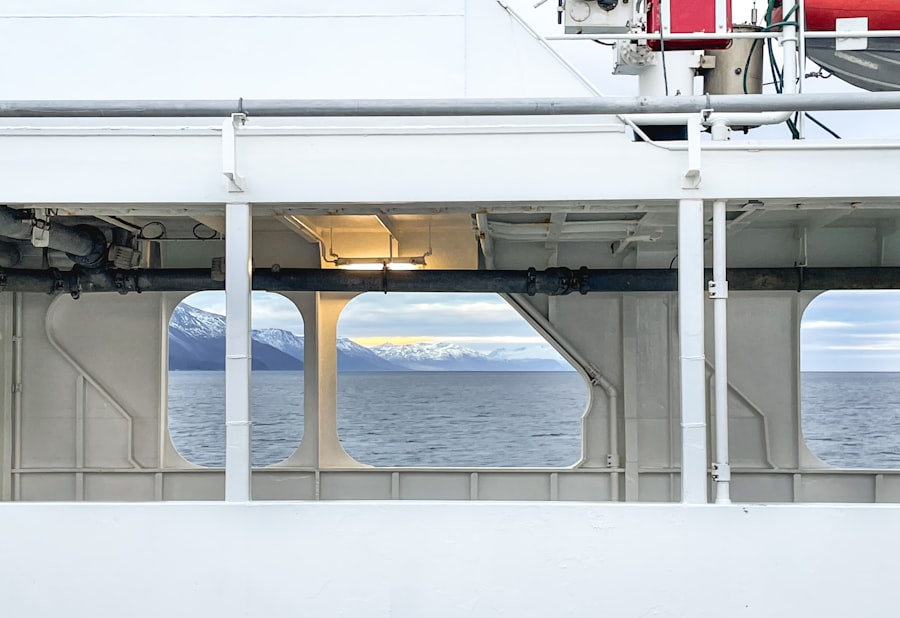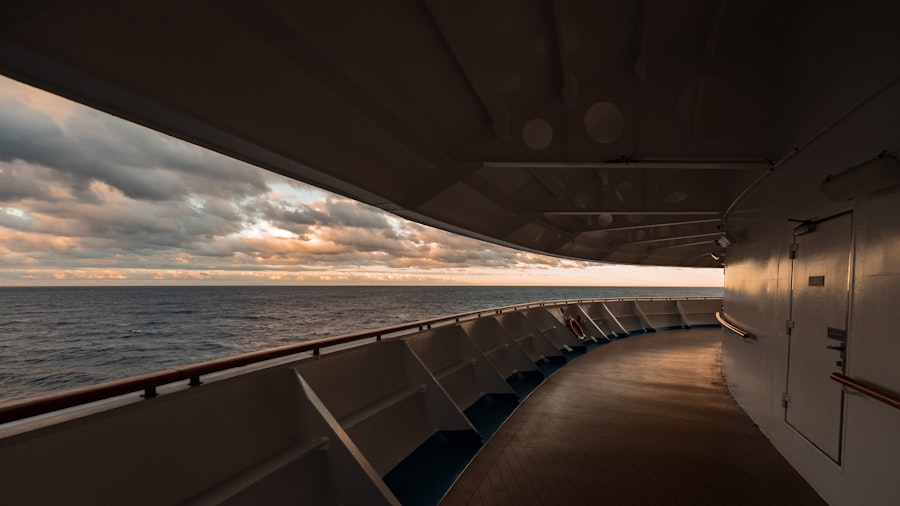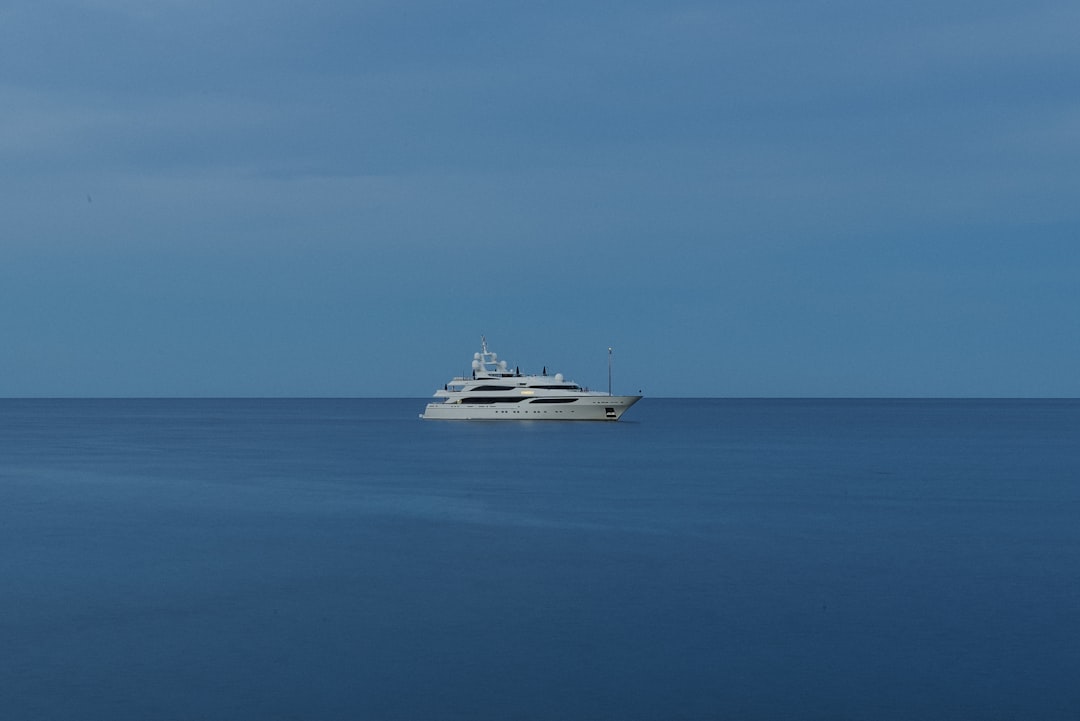The Drake Passage, a body of water that separates South America from Antarctica, has a rich and storied history that dates back centuries. Named after the English explorer Sir Francis Drake, who navigated these treacherous waters in the late 16th century, the passage has long been a critical route for explorers, scientists, and adventurers alike. Its discovery marked a significant milestone in maritime exploration, as it provided a direct route between the Atlantic and Pacific Oceans.
The passage has been both a gateway to the Antarctic and a formidable barrier, challenging even the most skilled navigators with its unpredictable weather and turbulent seas. Throughout history, the Drake Passage has witnessed numerous expeditions, each contributing to our understanding of this remote region. In the 19th century, whalers and sealers ventured into these waters, drawn by the promise of abundant marine life.
The passage became a focal point for scientific research in the 20th century, as researchers sought to study its unique ecosystems and the effects of climate change on polar regions. Today, it remains a vital area for marine biology and oceanography, attracting researchers and tourists eager to experience its natural beauty and ecological significance.
Key Takeaways
- The Drake Passage has a rich history of exploration and discovery, with its name honoring the famous English explorer Sir Francis Drake.
- Geographic and weather challenges in the Drake Passage include strong winds, rough seas, and unpredictable conditions due to its location between South America and Antarctica.
- When choosing a Kreuzfahrt for the Drake Passage, it’s important to consider the vessel’s size, stability, and amenities to ensure a comfortable and enjoyable journey.
- Packing and preparing for the journey should include warm clothing, seasickness medication, and essential travel documents for a smooth and stress-free experience.
- Safety measures and emergency protocols are crucial for a safe passage, with experienced guides and crew members trained to handle any potential risks or challenges.
Understanding the Geographic and Weather Challenges
The geographic features of the Drake Passage are as daunting as they are fascinating. Stretching approximately 600 kilometers (370 miles) between Cape Horn and Antarctica, the passage is characterized by deep waters and strong currents. The convergence of the Atlantic and Pacific Oceans creates a unique environment where cold Antarctic waters meet warmer currents, resulting in unpredictable weather patterns.
This confluence often leads to rough seas, making navigation through the passage a challenge for even the most experienced mariners. Weather conditions in the Drake Passage can change rapidly, with storms developing with little warning. Winds can reach gale force, and waves can rise to heights of over 10 meters (33 feet), creating a tumultuous environment that tests the mettle of any vessel.
Understanding these challenges is crucial for those planning to traverse the passage. Mariners must be prepared for sudden shifts in weather and sea conditions, ensuring that their vessels are equipped to handle the rigors of this formidable waterway.
Choosing the Right Kreuzfahrt for the Drake Passage

Selecting the right cruise for traversing the Drake Passage is essential for ensuring a safe and enjoyable experience.
Some cruises focus on adventure and exploration, providing opportunities for kayaking, wildlife watching, and guided excursions on land.
Others may prioritize luxury and relaxation, offering spacious accommodations and gourmet dining options. When choosing a cruise, potential travelers should consider factors such as the duration of the journey, the size of the vessel, and the expertise of the crew. Smaller ships often provide a more intimate experience, allowing passengers to get closer to wildlife and explore remote areas that larger vessels cannot access.
Packing and Preparing for the Journey
| Item | Quantity | Weight (lbs) |
|---|---|---|
| Clothing | 7 | 10 |
| Toiletries | 1 | 2 |
| Electronics | 3 | 5 |
| Travel Documents | 1 | 0.5 |
Preparation is key when embarking on a journey through the Drake Passage. Packing appropriately can make all the difference in ensuring comfort and enjoyment during the voyage. Travelers should prioritize layering clothing to accommodate fluctuating temperatures, as conditions can vary significantly from day to night.
Waterproof outer layers are essential to protect against wind and rain, while thermal undergarments can provide warmth during chilly excursions. In addition to clothing, travelers should consider bringing essential items such as sunscreen, sunglasses, and a good camera to capture the stunning landscapes and wildlife encounters. Binoculars can enhance wildlife spotting opportunities, allowing passengers to observe seals, whales, and seabirds from a distance.
It is also wise to pack any personal medications or comfort items that may be needed during the journey, as access to pharmacies may be limited once at sea.
Safety Measures and Emergency Protocols
Safety is paramount when navigating the Drake Passage, given its unpredictable nature. Cruise lines typically have comprehensive safety measures in place to protect passengers and crew alike. Before departure, travelers are usually briefed on emergency protocols, including evacuation procedures and safety equipment locations.
Life jackets are provided on board, and passengers are encouraged to familiarize themselves with their use. In addition to standard safety measures, many cruise lines employ experienced crew members trained in emergency response. These professionals are equipped to handle various situations that may arise during the journey, from medical emergencies to severe weather conditions.
Passengers should feel empowered to ask questions about safety protocols before setting sail, ensuring they are well-informed and prepared for any eventuality.
Wildlife Spotting in the Drake Passage

One of the most exhilarating aspects of crossing the Drake Passage is the opportunity for wildlife spotting. The waters are teeming with life, making it a prime location for observing various marine species. Passengers may encounter majestic humpback whales breaching in the distance or playful dolphins riding the bow waves of the ship.
Seabirds such as albatrosses and petrels often accompany vessels through these waters, providing an awe-inspiring spectacle as they glide effortlessly above. The unique ecosystems surrounding the Drake Passage also support diverse marine life beneath the surface. Travelers may have opportunities to participate in guided excursions focused on wildlife observation, where knowledgeable naturalists share insights about the species encountered.
These experiences not only enhance appreciation for nature but also contribute to conservation efforts by raising awareness about the fragile ecosystems in this remote region.
Activities and Entertainment on Board
While traversing the Drake Passage can be an adventure in itself, cruise lines often provide a variety of activities and entertainment options to keep passengers engaged during their journey. Onboard lectures led by experts in marine biology, geology, or history offer valuable insights into the region’s significance and ecology. These educational sessions can enrich travelers’ understanding of their surroundings and foster a deeper connection with nature.
In addition to educational programming, many cruises feature recreational activities such as yoga classes or fitness sessions designed to help passengers stay active while at sea. Evening entertainment may include movie screenings or themed dinners that celebrate local cuisine. These activities create opportunities for socializing among passengers, fostering camaraderie as they share their experiences crossing one of the world’s most iconic maritime routes.
Navigating the Drake Passage: Tips from Experienced Kreuzfahrt Guides
Experienced guides play an invaluable role in navigating the challenges of the Drake Passage. Their expertise not only enhances safety but also enriches passengers’ experiences through insightful commentary and guidance. One key tip from seasoned guides is to remain flexible with plans; weather conditions can change rapidly, necessitating adjustments to itineraries or activities.
Another important piece of advice is to embrace the journey itself rather than focusing solely on reaching Antarctica. The Drake Passage offers its own unique beauty and experiences that should not be overlooked. Passengers are encouraged to take advantage of opportunities for wildlife spotting or simply enjoying the vastness of the ocean around them.
Engaging with fellow travelers and sharing stories can also enhance the overall experience as they navigate this remarkable waterway together.
Overcoming Seasickness and Motion Sickness
Seasickness is a common concern for many travelers embarking on a cruise through the Drake Passage due to its notorious rough waters. However, there are several strategies that can help mitigate discomfort during the journey. One effective approach is to choose accommodations located in midship areas where motion is less pronounced compared to cabins at either end of the vessel.
Travelers may also consider over-the-counter medications designed to prevent motion sickness or natural remedies such as ginger or acupressure bands. Staying hydrated and consuming light meals can further alleviate symptoms associated with seasickness. Engaging in activities on deck or focusing on distant horizons can help distract from feelings of nausea while allowing passengers to enjoy their surroundings.
The Unique Experience of Crossing the Drake Passage
Crossing the Drake Passage is often described as a rite of passage for adventurers seeking to explore Antarctica’s wonders. The experience is marked by a sense of anticipation as travelers embark on this iconic journey known for its challenges and rewards alike. The thrill of navigating through turbulent waters is accompanied by breathtaking views of rugged coastlines and expansive ocean vistas.
For many passengers, this journey becomes a transformative experience that fosters a deeper appreciation for nature’s power and beauty. The camaraderie formed among fellow travelers during shared challenges creates lasting memories that extend beyond mere sightseeing. As they navigate this remarkable waterway together, individuals often find themselves reflecting on their own resilience and sense of adventure.
Reflecting on the Journey: Memories and Lessons Learned
As travelers complete their journey across the Drake Passage, they often find themselves reflecting on their experiences with newfound perspectives. The challenges faced during this voyage serve as reminders of nature’s unpredictability while highlighting human resilience in overcoming obstacles. Many passengers leave with cherished memories of wildlife encounters, breathtaking landscapes, and connections forged with fellow adventurers.
The lessons learned during this journey extend beyond mere travel experiences; they often inspire individuals to embrace new challenges in their lives back home. Whether it’s fostering a greater appreciation for environmental conservation or cultivating a spirit of adventure within themselves, crossing the Drake Passage leaves an indelible mark on those who dare to embark on this extraordinary journey into one of Earth’s last frontiers.
The Drake Passage is renowned for its challenging waters and breathtaking scenery, making it a popular route for adventurous cruises. For those interested in exploring more about this fascinating journey, an article on MyGeoQuest provides an insightful look into the experiences and challenges faced by travelers navigating this passage. You can read more about it by visiting the
